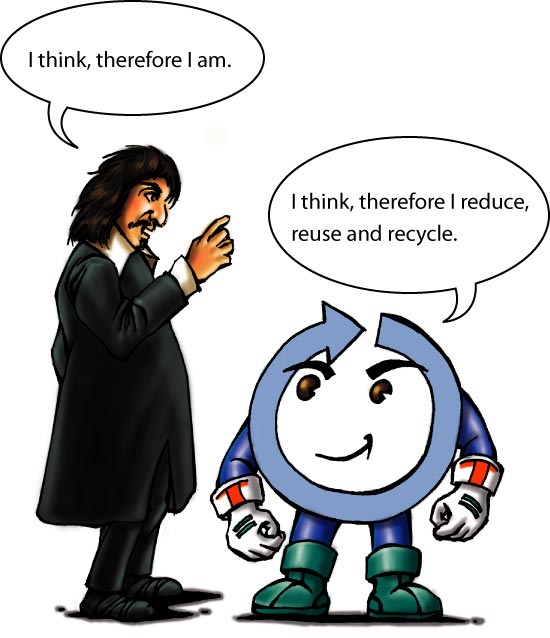Environmentally friendly digital photography
Digital photography made its debut not too long ago, but have made tremendous strides. Digital photography uses digital technology to make digital images and no film, paper or chemicals are involved. When I was working with film photography, I remembered the constraints placed on the number of photos I can take as each photo taken uses up the costly films, and the more photos you take, the more empty your wallet becomes. Plus you have to be take great care with getting a good shot as each shot you take is permanent, there is no going back and reusing the film for a spoilt photo. Now with digital cameras, you can shoot as many photos as you like. Don't like it, just delete it from the memory. No film wasted.I still remember my first digital camera, one with just a view finder, a simple lens, small storage capacity and very low resolution. For the same price, you can get a much more sophisticated digital camera now. I used it more for uploading digital photos to the Web and avoid the photo printers that are now widely available for printing digital photos.
There are many different brands of digital cameras among which is the Vivitar digital cameras. Vivitar cameras are manufactured by Vivitar Corporation based in Oxnard, California. Vivitar Corporation was bought over by Syntax-Brillian Corporation, a manufacturer of high-definition TVs (HDTV) in November 2006 and is now a wholly-owned subsidiary of Syntax-Brillian. Most people who buy digital cameras are fixated upon megapixels, and they can range from the cheaper 0.31 Megapixel to 2.1 Megapixel digital cameras to the more expensive top of the range 8.1Megapixel to 8.5 Megapixel digital cameras. The low megapixel digital cameras are what I need as I only uses them to upload the digital photos to the web and they don't have to be large megapixel photos. If fact, for purpose of uploading to the web, if they are large format digital photos, I have to resize (downsize) them to shorten the uploading and downloading time. However, low Megapixel digital cameras are increasingly difficult to find as most digital camera manufacturers have joined the Megapixel race, competing with each other to outdo the other by producing higher and higher Megapixel digital cameras, and consumers are sucked into this "my digital camera is of higher Megapixels than yours" game. Actually, one would only need high Megapixel digital cameras only when one need to project them on very large screen or print very large format photos.

0 comments:
Post a Comment